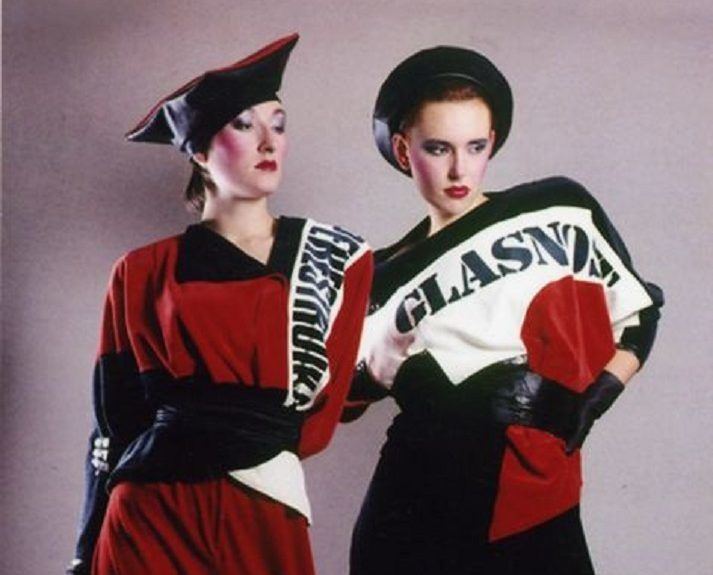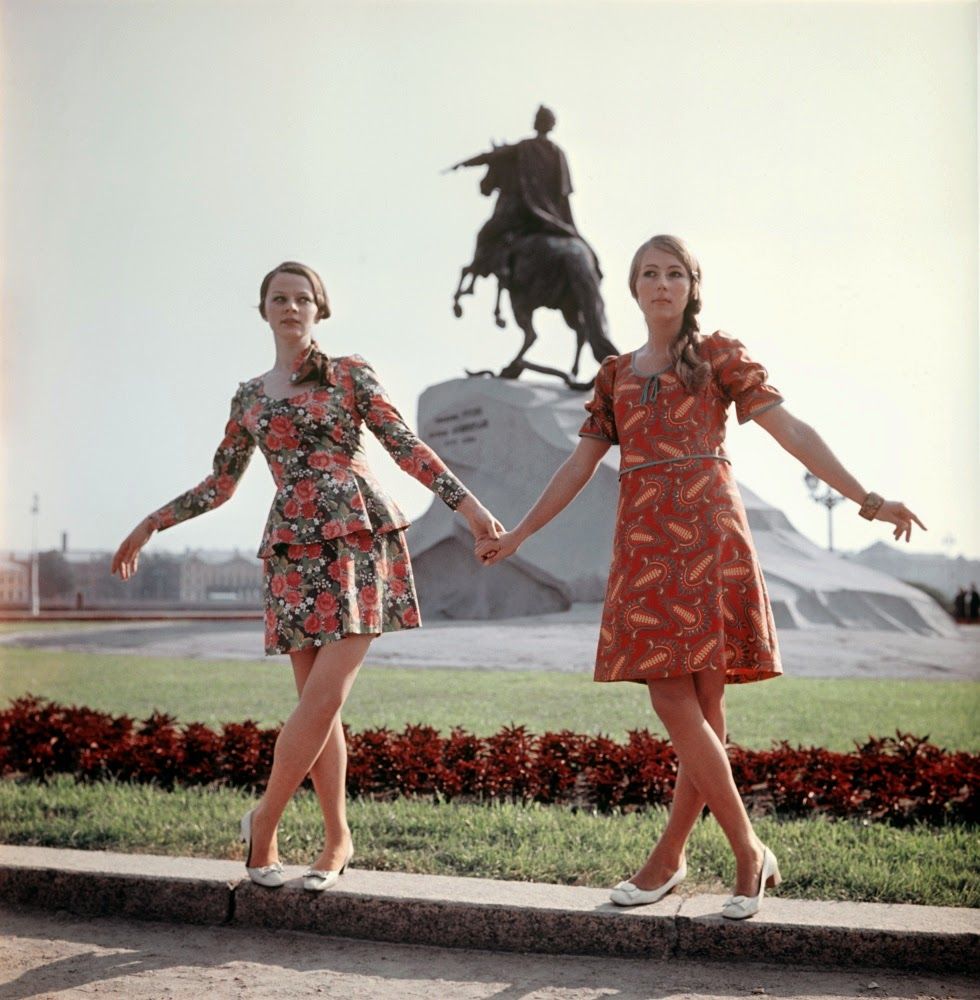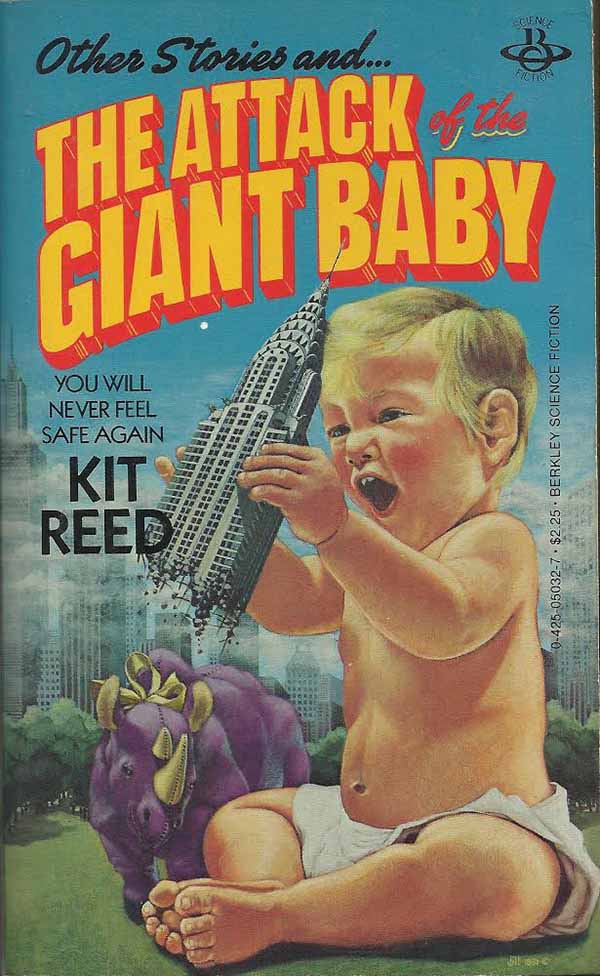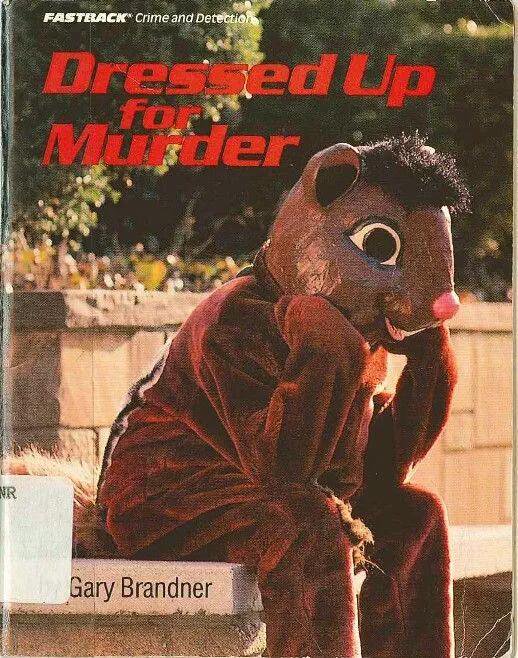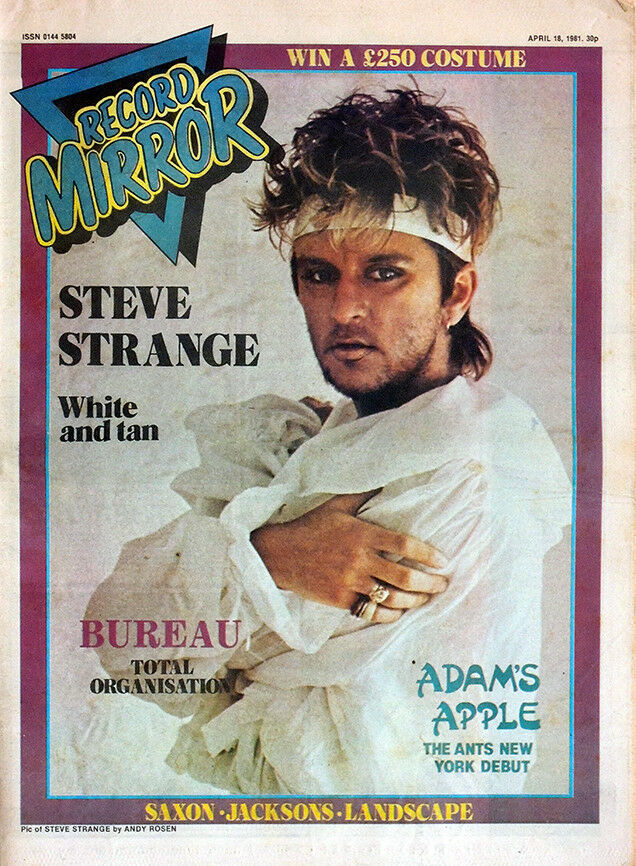
Today in pulp... "Breaker one-nine for a copy. You got your ears on?" Ah the halcyon days of CB radio!
And let's look back at one phenomenon that swept the CB world in the 1970s - the eyeball card!
What's that good buddy? What's an eyeball? Well here's the 20...
And let's look back at one phenomenon that swept the CB world in the 1970s - the eyeball card!
What's that good buddy? What's an eyeball? Well here's the 20...

QSL is the radio Q code meaning can you acknowledge receipt. Amateur radio enthusiasts would often send an (often humorous) home made QSL card to fellow hams on request. It was a way of building camaraderie off air. 

And as CB radio began to spread more widely in the 1970s, users began making and sending their own QSL cards to people they met on air. It was the classy thing to do! 

An eyeball card normally showed your handle, your twenty, and the main channel you sandbagged. Very few showed your wrapper. 

Eyeball card collecting was a huge pastime for many good buddies, and people spent a lot of time and money having them designed and printed. 

A number of artists specialised in designing QSL cards, and there were plenty of customers willing to pay too dollar for a distinctive design. 

Handles were varied and creative in CB, so some artistic licence was needed when creating an appropriate eyeball card. 







If you're interested In (or simply nostalgic about) QSL eyeball cards you can see a huge range online here: myqsl.org 







• • •
Missing some Tweet in this thread? You can try to
force a refresh




